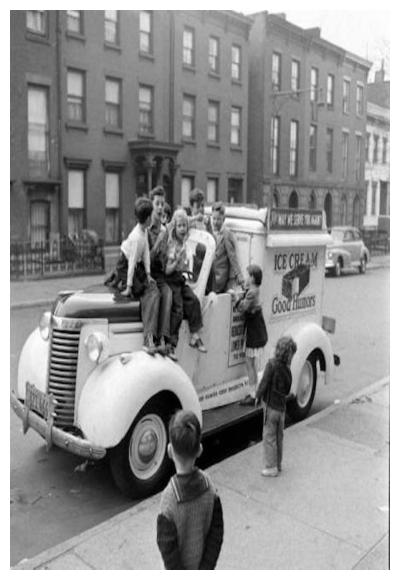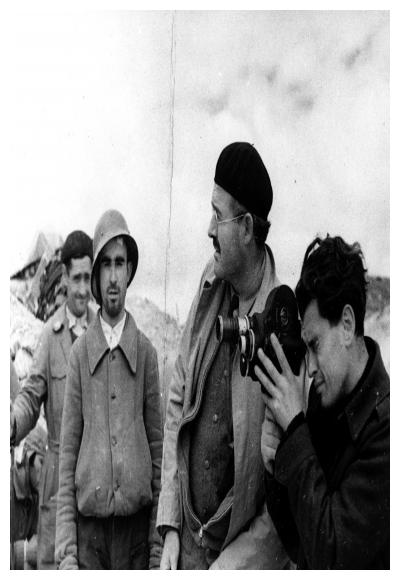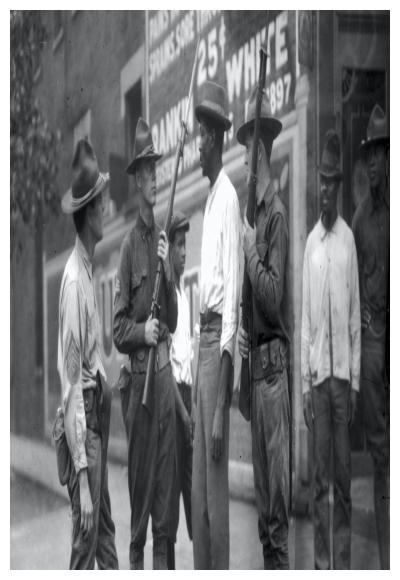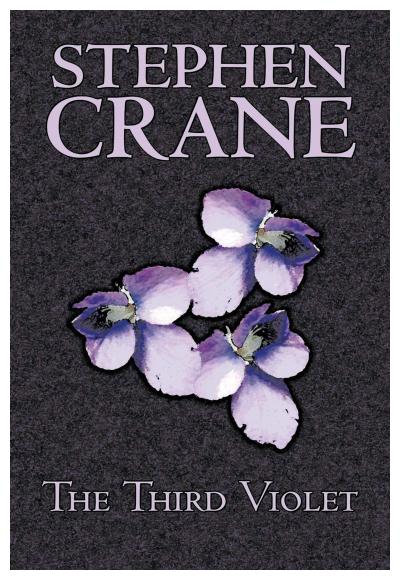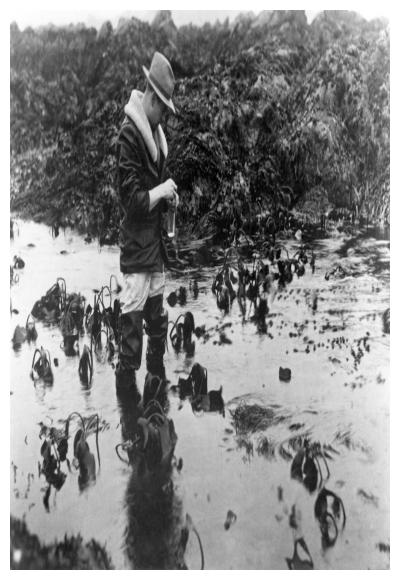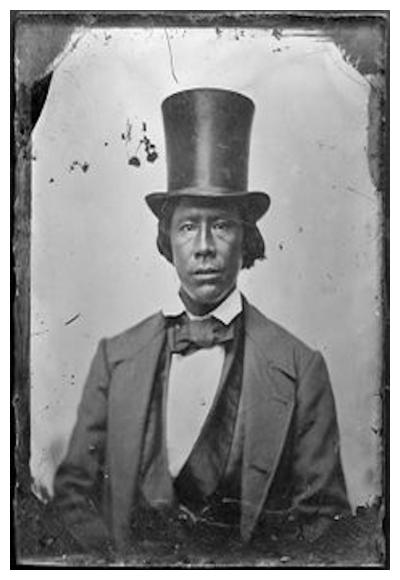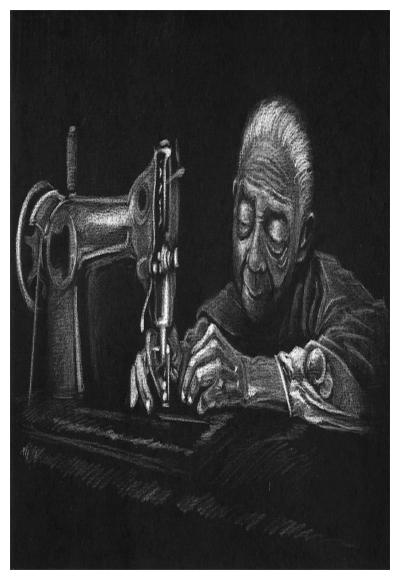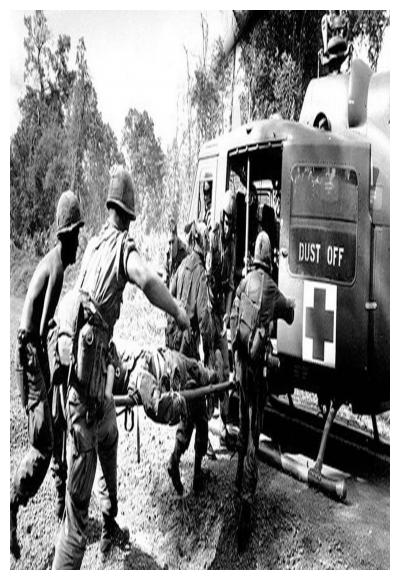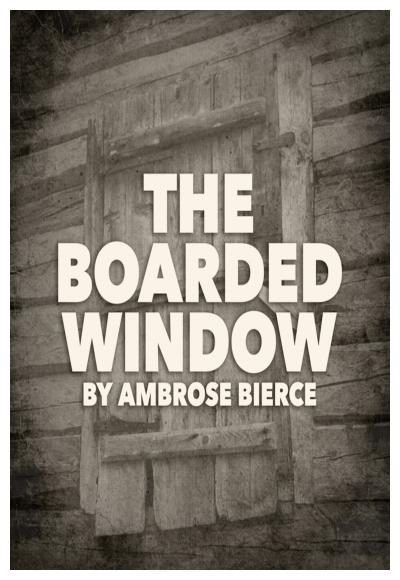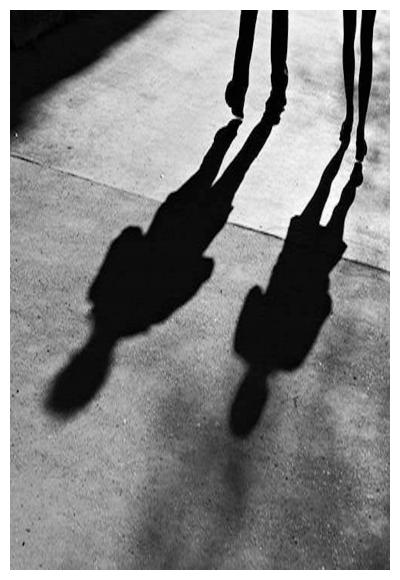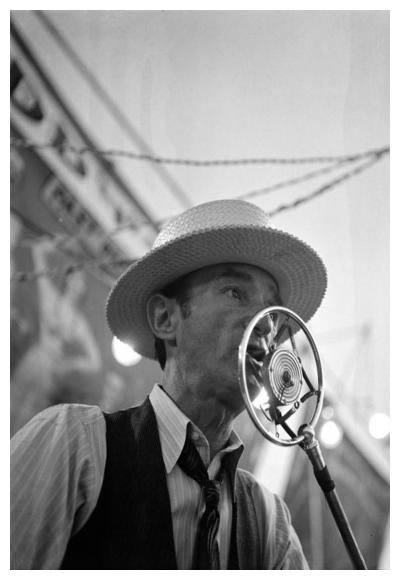
Synopsis/Details
New England countryside, early 1900s. A man standing at the foot of the stairs in his home watches his wife, who, in the middle of walking down the stairs, pauses at the top and stares out. He senses that she is miserable but at first does not understand what she is looking at, or why she has suddenly become so distressed. The husband soon realizes that his wife’s pain comes from her view through a small, high window above the front door—a view that frames the family graveyard and the burial mound of their first child. The man then recognizes that his wife has not recovered from the boy’s death and tries to comfort her. Unable to find solace, she refuses his sympathy and accuses her husband of not mourning properly, even of apathy toward their dead son. He acknowledges that his mourning is not like hers and begs her to talk to him about her grief. Increasingly upset and utterly inconsolable, the wife tries to leave the house, while the husband angrily warns that if she does, he will follow her and bring her back by force.
Story & Logistics
Story Type:
Hero's Journey
Story Situation:
Enmity of kin
Story Conclusion:
Ambiguous
Linear Structure:
Linear
Moral Affections:
Disapprobation
Cast Size:
Couple
Locations:
Single
Characters
Lead Role Ages:
Female Adult, Male Adult
Hero Type:
Ordinary
Villian Type:
Anti-Villian
Stock Character Types:
Dark Lady, Fall guy
Advanced
Adaption:
Based on Existing Fiction
Subgenre:
Drama, Life Story, Literary Adaption
Equality & Diversity:
Female Protagonist
Life Topics:
Childhood, Death
Time Period:
Age of Oil (after 1901), Late modern period, Machine Age (1880–1945)
Country:
United States of America (USA)
Time of Year:
Summer
Illness Topics:
Psychological
Relationship Topics:
Breakup, Emotions and feelings, Endings, Passion
Writer Style:
Ingmar Bergman, Paddy Chayefsky

